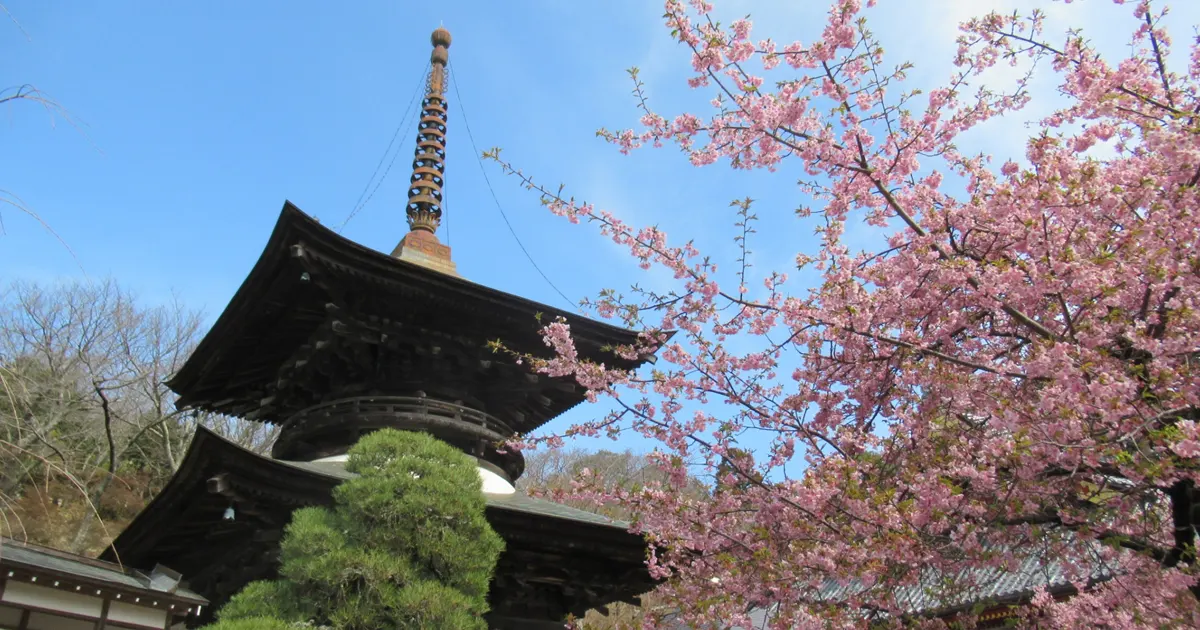Amabiki Kannon, located in Sakuragawa City, Ibaraki Prefecture, is officially called Amabikisan Rakuho-ji Temple. This popular Japanese temple has long been revered as a guardian deity for safe childbirth and childrearing. The temple is also known among Japanese travelers for its seasonal flowers—cherry blossoms in spring, hydrangeas in early summer, and autumn foliage that adds vivid colors throughout the year. Nestled in a quiet mountain valley, the temple grounds offer a serene atmosphere where history and nature coexist in harmony, welcoming visitors seeking peace and reflection.
From the approach path, visitors can see the temple gate and pond, each revealing a different charm with the changing seasons. Every visit brings a new discovery. This article introduces the main highlights of Amabiki Kannon, along with nearby attractions and walking routes.
Seasonal Highlights of Amabiki Kannon
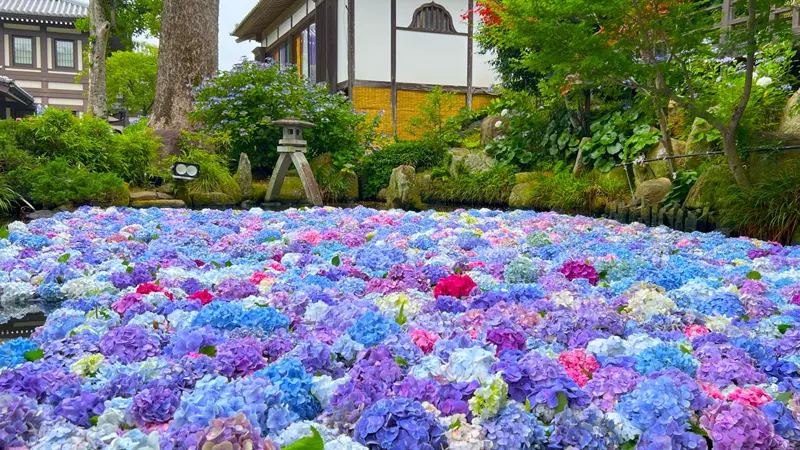
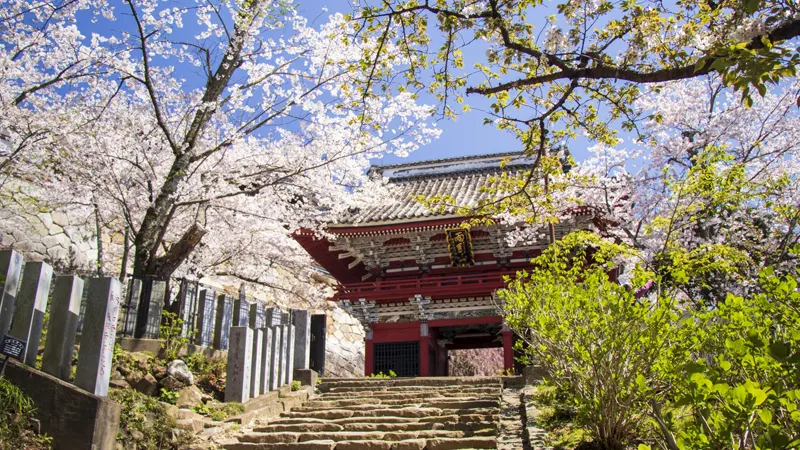
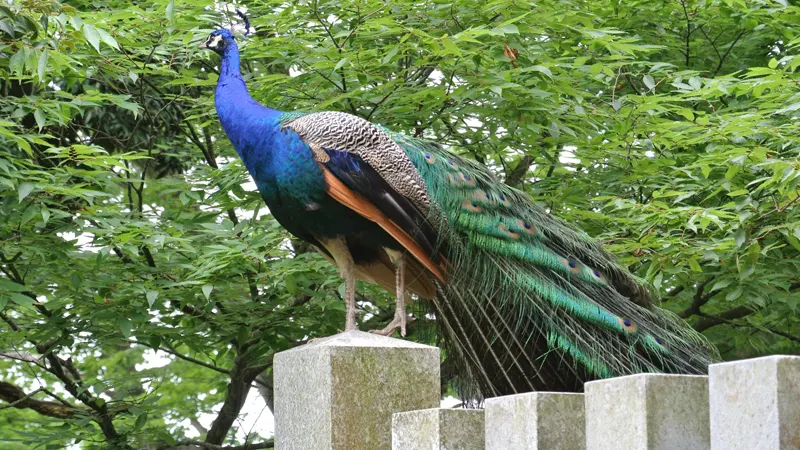
Hydrangea Pond View in Early Summer
In early summer, about 5,000 hydrangea plants bloom throughout the temple grounds. Among them, the “suichuka,” or floating hydrangea flowers placed on the pond’s surface, have become a popular photo spot at the temple. Blue and purple blossoms gently sway on the still water, creating a calm yet elegant atmosphere. Because the scenery differs between day and night, many visitors enjoy experiencing both.
Temple Approach and Gate in Nature
The stone steps leading up to the main hall, located halfway up the mountain, form a peaceful approach where visitors can enjoy the seasonal breeze and experience traditional Japanese temple scenery as they walk. Cherry blossoms in spring, lush greenery in summer, and vibrant red leaves in autumn all showcase the natural beauty surrounding the temple. Along the path stand stone lanterns and guardian statues, evoking the dignified presence of this historic temple.
Prayer Site for Childbirth and Parenting
Amabiki Kannon is deeply revered as a Japanese temple dedicated to safe childbirth and the healthy growth of children. Many families visit to offer prayers. Beside the main hall, charms and amulets related to childbirth and parenting are available, and visitors can be seen quietly offering their wishes. Pigeons and peacocks roam freely in the temple grounds, adding to the tranquil atmosphere that invites reflection on the value of life.
Nearby Nature and Cultural Spots in Sakuragawa
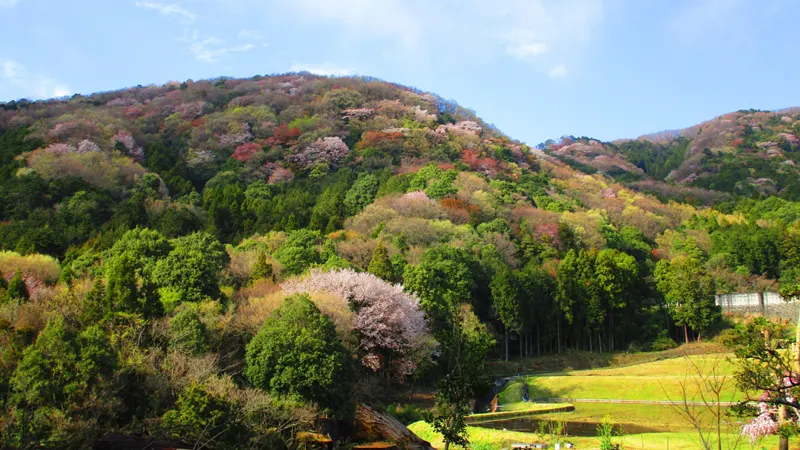
Around Amabiki Kannon, visitors will find many scenic places in Sakuragawa City where Japanese nature and local culture blend beautifully. At the foot of the mountain, there are local shops selling regional specialties and cafés where you can relax while admiring seasonal flowers. A short drive away, observation points offer views of Mount Tsukuba, and museums introduce Sakuragawa’s traditional crafts.
From spring to autumn, walking trails are maintained throughout the area, allowing visitors to enjoy pleasant walks through flower-lined paths. Exploring the surroundings after visiting the temple provides a deeper appreciation of Sakuragawa’s natural beauty and cultural charm.

